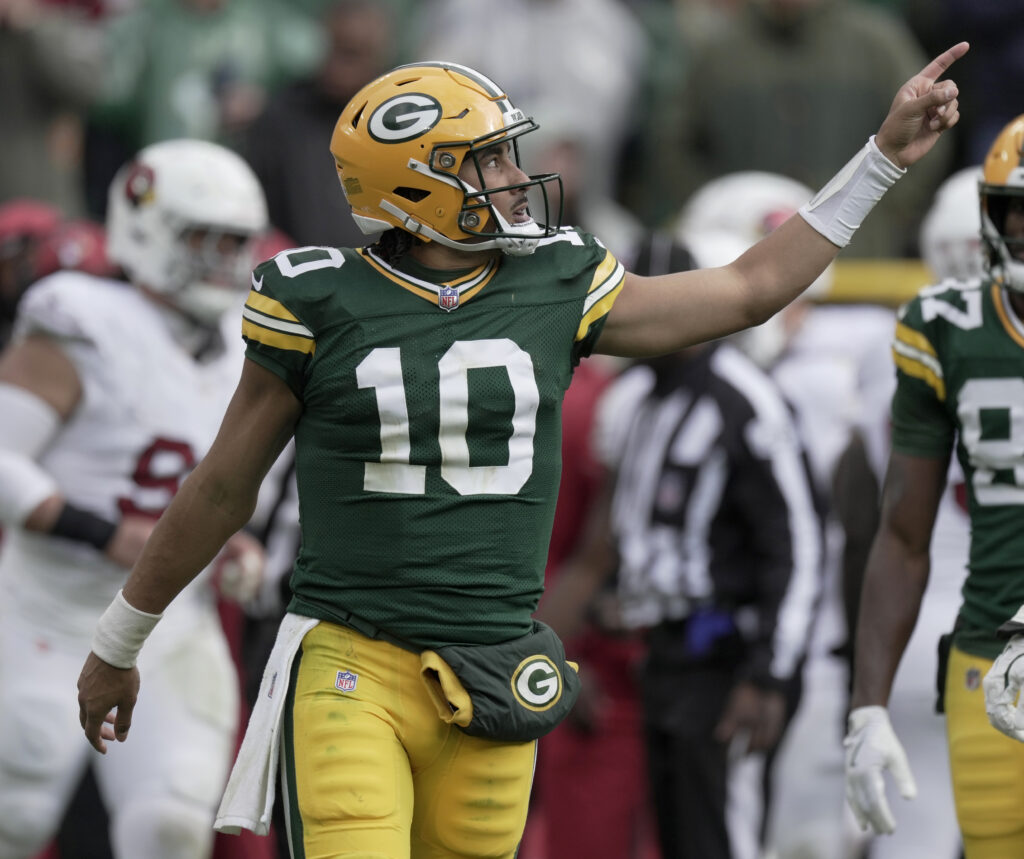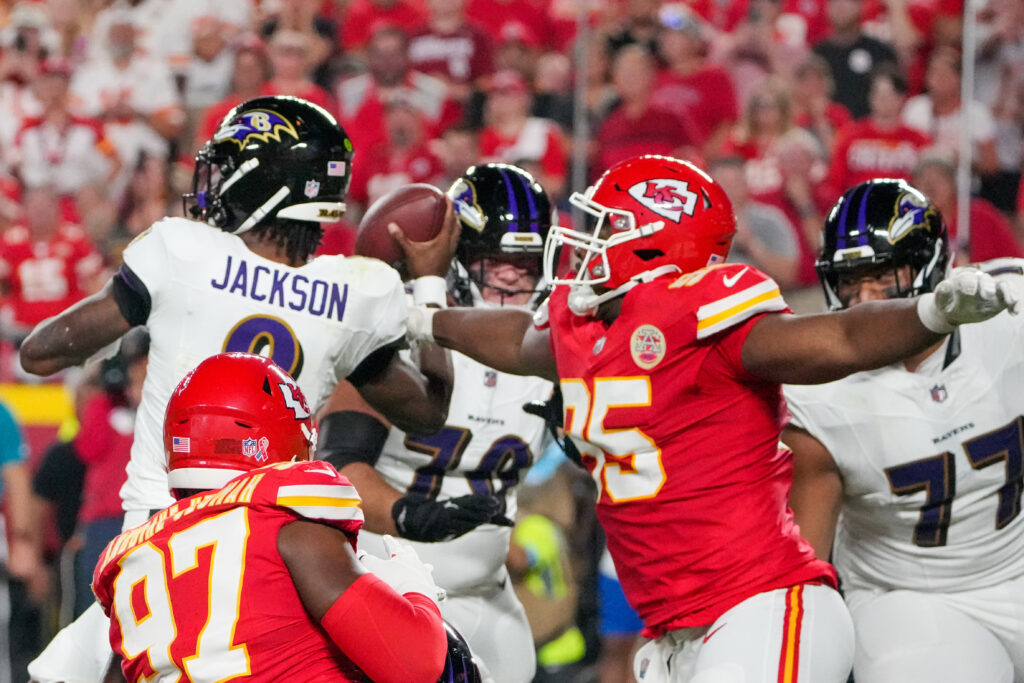The Springboks face Japan in England 10 years after an infamous loss to the same opponents in the same country at the 2025 Rugby World Cup.
Memories of the 2015 defeat remain. Lessons from that day changed everything for the Springboks (3.75).
A Painful Defeat That Sparked the Springboks’ Change
The Springboks’ 34-32 loss to Japan at the 2015 Rugby World Cup was one of the biggest shocks in sporting history. That match in Brighton left South African rugby stunned and searching for answers. It also came at a time when deep issues lingered within the national setup. There were questions around transformation, team unity, and direction. Although Heyneke Meyer was a respected coach, he was not the right figure to handle the socio-political tension surrounding South African rugby at that moment.
South Africa needed more than tactical adjustments. The nation needed a coach capable of healing divisions and creating a side that represented all South Africans. Many supporters look back on that period as a much-needed turning point. It forced SA Rugby to re-evaluate its priorities and approach. Meyer’s team played with passion, yet the environment lacked harmony, which was vital during such a sensitive stage in the country’s sporting landscape.
Lessons From the Meyer Era
Meyer was successful in many ways, guiding South Africa to notable triumphs and nurturing several world-class players. However, he struggled when it came to managing issues linked to race and selection. The debates surrounding game time for players of colour grew louder. Critics argued that the system was not doing enough to improve representation. Some players felt marginalised and others left for overseas clubs in search of opportunities.
Consequently, those tensions created cracks in the national team camp. The Springboks lost some of the unity that had traditionally defined their culture. Furthermore, the defeat to Japan amplified frustrations among fans, journalists, and former players. Calls for change became impossible to ignore. Although Meyer’s achievements deserve respect, his tenure underlined the need for a leader who could drive both sporting excellence and social cohesion.
Rassie Erasmus Brings A New Vision
Rassie Erasmus took charge at a crucial time for South African rugby. He arrived with a clear vision to fix the problems that had built up over several years. The most significant change was his commitment to transformation without compromising performance. Erasmus recognised that South Africa’s strength lies in diversity, and he embraced it. His leadership allowed players of all backgrounds to shine, and he actively sought talent that had previously been ignored.
Many players who felt overlooked under previous regimes suddenly received opportunities. A key factor behind South Africa’s revival was Erasmus’s tactical intelligence. Unlike many coaches who focus on strategy alone, Erasmus rebuilt the Springboks’ identity on and off the field. His emotional intelligence and honesty helped him earn trust from both SA Rugby and the public.
The decision to appoint him as both Director of Rugby and head coach, while risky, proved to be a masterstroke. It gave him the authority to drive change across all levels of the sport. Moreover, the backing he received from SA Rugby enabled long-term planning rather than short-term quick fixes. Fans began to sense a cultural shift as the team rediscovered pride, unity, and self-belief.
Transformation and Unity Strengthen The Squad
Erasmus understood that unity could become a weapon as powerful as physical strength or tactical brilliance. He promoted squad harmony by creating an environment where every player felt valued. The Springboks became a true reflection of the nation. Representation across racial groups grew naturally, and selection was based on merit, hunger, and form. Younger black players became key contributors and leaders rather than squad fillers.
Transformation in rugby used to be seen as a burden by some. Under Erasmus, it instead became a competitive advantage that boosted team spirit and performance. The squad’s diversity allowed them to connect with fans across South Africa. This connection strengthened nationwide support and increased interest in the sport among new communities. Additionally, more children from previously underrepresented areas began participating at youth level, helping to widen the talent pool for future generations.
Back-to-Back Rugby World Cup Glory Restores Pride
South Africa’s Rugby World Cup triumphs in 2019 and 2023 completed one of the greatest comeback stories in sport. Winning back-to-back titles restored the nation’s rugby pride and confirmed Erasmus’s vision as the correct path. These victories also helped erase the emotional scars from that Brighton defeat. The Springboks became renowned for mental resilience, physical dominance, and tactical flexibility. Their ability to thrive under pressure made them global icons again and a popular choice in online sports betting markets with Easybet.
Triumphs on the world stage also brought unity to South Africa beyond the rugby fraternity. The Springboks’ success became a symbol of national identity, inspiring millions. Fans from all backgrounds celebrated together in streets, schools, pubs, and stadiums. Even casual viewers who preferred soccer found themselves emotionally invested in the Springboks’ journey. The team proved that sport can unite a divided nation in a powerful way.
The Return To England Renews The Narrative
Ten years after the Japan upset, the Springboks return to England for another showdown. This time, the setting is Wembley Stadium on 1 November 2025. The storyline writes itself, as South Africa now face Japan vs. a vastly different Springbok outfit. Japan have progressed too, becoming a respected global force with an attractive style of play. They no longer surprise opponents with their quality, and their Rugby World Cup performances have earned admiration worldwide.
South Africa, however, approach the clash with far greater confidence. The current Springbok team carries the aura of champions. Their squad depth is unmatched, and their coaching staff have remained consistent. Although the memory of 2015 will add emotion to the occasion, it will also fuel determination. Players and supporters want to show how far the team has evolved over the past decade. Wembley now presents an opportunity for symbolic closure and celebration.
A Bright Future Built On Strong Foundations
The Springboks’ revival is not a temporary wave of success. Structures are in place to ensure long-term competitiveness. Erasmus’s influence extends across coaching pathways, talent identification, and player welfare. He has built a system in which future coaches can succeed without abandoning the core values that have reshaped the team. Transformation remains a priority, and the Springboks continue to inspire new generations.
Rugby in South Africa is healthier than it has been in many years. There is stability at administrative level, progress in player development, and a renewed belief that the Springboks can remain the world’s best. Even though challenges will arise, the team now has the resilience and cultural strength to handle adversity. Lessons from the past decade have prepared them for the future.
South African rugby will never forget the heartbreak of 2015, but the years that followed turned pain into purpose. The Springboks stand today as a symbol of unity, hope, and excellence. Their journey shows that the greatest triumphs often rise from the toughest setbacks.



